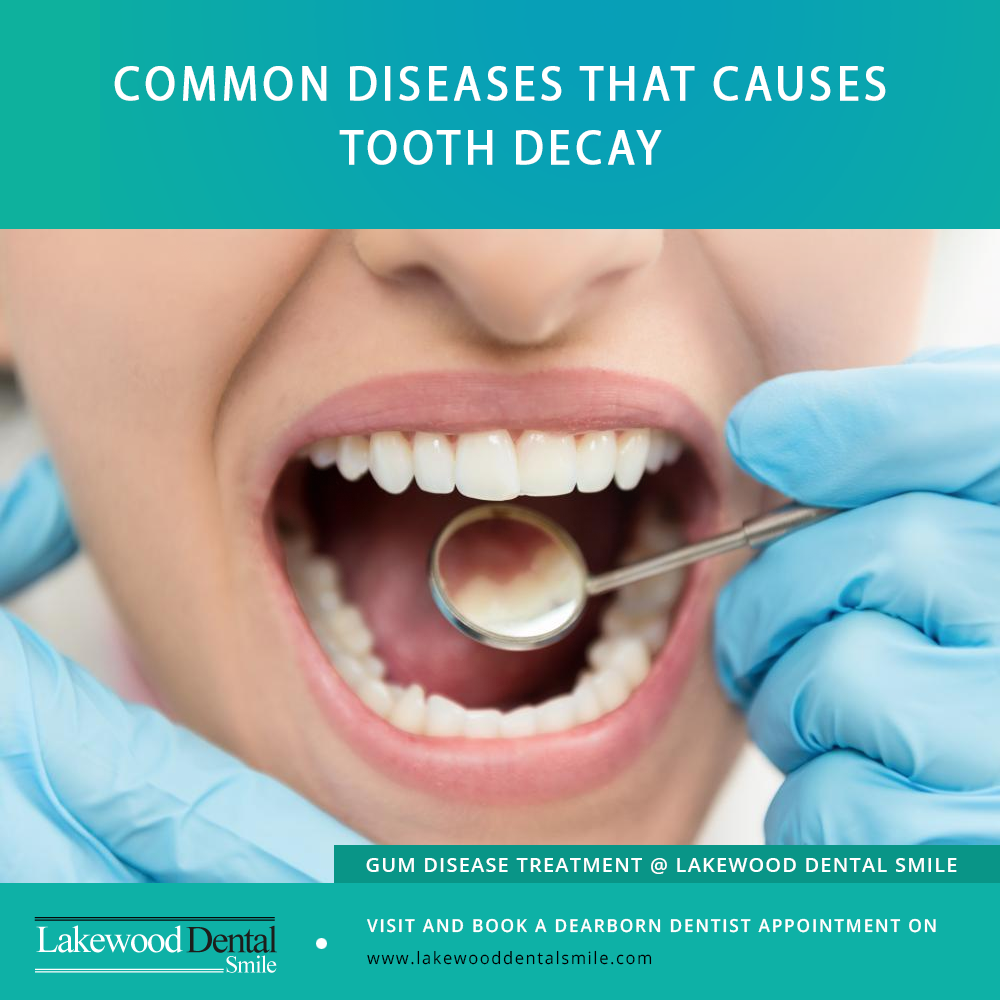Root canal treatment is widely performed in clinics around the world, and it saves the teeth much in the most cost-effective way. The root canal is used as a normal procedure to sustain a decayed or infected tooth by protecting it with added artificial crowns. Let us see how the root canal process is done.

Preparation
Before having root canal treatment, your dental practitioner may take a progression of X-rays of the affected tooth. This helps them to develop an unmistakable photo of the root trench and survey the degree of the harm.
Root canal treatment is normally done under local anesthetic. Incidentally, teeth might be hard to anesthetize. At these events, your dental practitioner can utilize extraordinary local anesthetic modes to guarantee your treatment isn’t difficult.
Taking out the pulp
Your dental practitioner will put a rubber sheet (dam) around the tooth to guarantee it is dry during treatment. The dam additionally averts you gulping or taking in any chemicals the dental practitioner employments. Your dental practitioner will open your tooth through the crown, to get to the delicate tissue at the focal point of the tooth. They’ll then expel any contaminated mash that remaining parts.
On the off chance that you have a dental abscess, which is a pus-filled swelling, your dental practitioner will deplete it in the meantime.
Cleaning and filling the root canal
After the pulp has been expelled, your dental specialist will clean and extend the root canal so it can be effortlessly filled. The root canal is generally exceptionally tight, which makes it hard to fill. Your dental practitioner will utilize a number of little files to widen the canals and make them a normal shape so they can be filled. This part of the treatment may take a few hours to finish and maybe done over various visits. Your front incisor and canine teeth as a rule have a solitary root containing one root channel. The premolars and back molar teeth have a few roots; each containing it is possible that maybe a couple of root canals. The more roots a tooth has, the more extended the treatment will take to finish.
In the event that the treatment should be completed more than a few sessions, your dental specialist may put a little amount of medicine in the cleaned canal in the middle of visits to destroy any residual microorganisms. The tooth will then be fixed utilizing a transitory filling.
On the off chance that you have side effects from the treatment, for example, a raised temperature or vast swelling, you might be offered anti-infection agents to oversee and avoid promoting contamination.
Fixing and altering the tooth
At your following visit, the transitory filling and medication inside the tooth are expelled and the root canal filling will be embedded. This, alongside a filling, seals the tooth and forestalls further infection. Root-filled teeth will probably break than healthy unrestored teeth, so your dental practitioner may
Crowns
A dental crown is a top that totally covers a natural tooth. It may be important to fix a crown after root canal treatment to keep the tooth cracking. At the point when fitting the crown, the bond will be utilized to stick the crown to the trimmed-down tooth.
The survival of your tooth relies on upon various variables, including:
- How a great part of the common tooth remains
- How well you keep your teeth clean
- The gnawing strengths on the tooth
In the event that an infection returns, in any case, the treatment can be rehashed. Then again, if treatment has as of now been completed to an exclusive requirement and the contamination remains a little operation to evacuate the root tip might be done to treat it.






